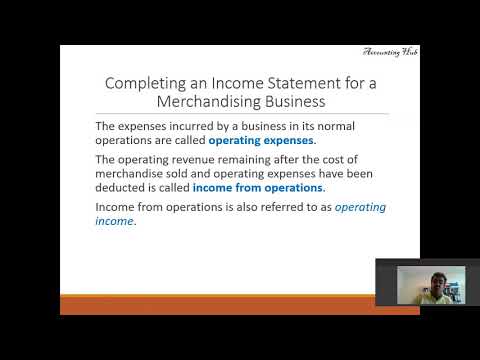
Through the thousands of clients we’ve onboarded throughout the years, we’ve been able general and administrative expense to understand that great client onboarding is all about having a super strong system in place. When it comes to client onboarding, you’re responsible for making the best first impression possible. Without proper standardization, it can be too easy for things to slip through the cracks.
To build your own onboarding workflow requires the right tips and strategy. Use the above steps and best practices to build a seamless onboarding process that your clients love. It’s the process of guiding them through the initial steps of working with you, from introductions and paperwork to setting expectations and diving into the project itself.

Why Client Onboarding Is Crucial
By working together with your client, you can develop a strategy that sets the stage you want to act on. Remember, the goal is to make your new client feel welcome, informed, and excited to get started. Keep it friendly, professional, and focused on setting the stage for a successful project.
Some of the information that you gather about your customers during the marketing and sales processes break even analysis for restaurants will carry over into the initial stages of onboarding. You need a goal and a plan for how you’ll get there before you create anything that your customers will see. These meetings provide opportunities to address any issues, gather feedback on the process so far, and ensure the customer is on the right track. It’s your job to make that belief a reality through dedicated support and a seamless onboarding process. Wealth Management Client Onboarding Tips and ChecklistIn wealth management, client onboarding has been considered a labor intensive necessity. Many financial advisors and insurance agents focus on regulatory requirements, and lose valuable opportunities to get to know their clients better.
Celebrate milestones with rewards
Each one is at a different point in their maturity continuum, and they each have a wide range of assets to work with (or around). If you want to streamline your client onboarding workflow, you can use Zapier to connect your favorite apps. Start by choosing one step in your onboarding flow to automate, and go from there. Automating even a few steps in your process can clear up mental space for more high-impact tasks. First, you need to create a space in your project management workflow for the new client.
Types of client onboarding
- You can always send email updates in between if there are significant milestones to discuss or celebrate.
- Satisfied customers who have a positive onboarding experience are more inclined to recommend your product, helping you organically grow your user base through word-of-mouth.
- At the start of onboarding or during their trial period, you want to demonstrate the value your company can provide to them.
- It’s important to keep your finger on the pulse of client experience and satisfaction, because if you lose track of this vital metric, you run the risk of churn.
- This process helps clients learn all the features and benefits of the product so they get the total value—reducing the chance of churn.
- Many financial advisors and insurance agents focus on regulatory requirements, and lose valuable opportunities to get to know their clients better.
It typically involves steps like introductions, paperwork, communication setup, project planning, and establishing file-sharing protocols. We believe the most effective client onboarding software and the sales process is one that works across teams and encompasses the entire client journey. ClickUp is built on the core concept of improving productivity for teams, which is why we made it fully customizable. Client onboarding is important because it helps both you and the client to do better business together.
That means the very software we’re providing to you (the client), we’re using ourselves to onboard you (the client). Set smaller milestones that can be achieved in the short term and then work towards these successes. These can then be the metrics you present your new client during your next check-in to help prove this value. By doing this, you’re more likely to convert them into paid clients or have them more loyal to your company. Regular check-ins can help you highlight what the problem is and how you can redirect them before they feel dissatisfied and leave your company. The more articulated these goals are, the better investment alpha your team understands what’s expected of them.
Customer Onboarding Examples
A campaign without clear direction and complete buy-in on both sides doesn’t stand much of a chance. The responsibility for client onboarding can vary depending on the size and structure of your organization. In some cases, dedicated onboarding specialists might handle the process. For smaller businesses, account managers or even HR staff might take on onboarding tasks. The goal of this step is to create a clear and collaborative project plan that everyone understands.

